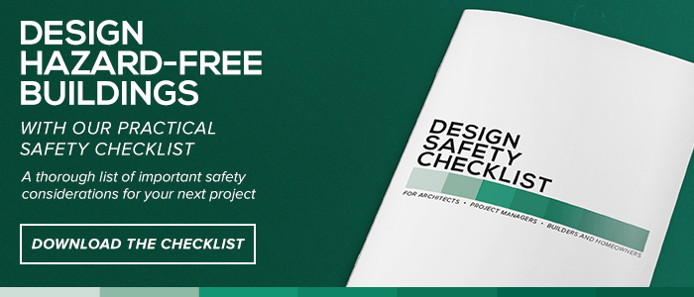To create great buildings, architects need great clients. That's why your first meeting with a potential client as an architect is crucial.
How, for example, did the late, great Harry Seidler convince the clients of his Southern Highlands House that including a cantilevered deck jutting way out over a dizzying canyon would be a great idea? And how did Pritkzer Prize winner Glenn Murcutt convince his early clients that they should have a house that looked like a steel shed?At that first meeting, the questions architects ask clients should reveal a lot of information, not only about their lifestyle needs and budget, but about how open they are to new ideas, high quality products and brave design decisions. As their architect you would have a huge impact on their finances and future lifestyle, therefore you first need to win their trust.
Here are five ways to help you prepare for and impress at that all important first meeting.
1. Ask targeted questions
Start the meeting with a relaxed chat rather than launching straight into business. Your aim should be to connect with the client. Maybe you both have an interest in common, or know people in common?
Once you have formed a connection, you can start asking questions about the client’s lifestyle, family and aspirations for the future that will help you not only tailor a design for them, but win them over.
Pay close attention, be empathetic and listen carefully to their answers – sometimes what’s not said directly but implied can be very important. Some examples of questions to ask might be:
- If you were to throw all budget constraints aside, what would your ideal home include?
- What houses have you visited/seen have inspired you?
- Are you sociable as a family or are quiet, private zones important to you?
- How do you like to entertain? Relaxed outdoor barbecues or large dinner parties?
- Will the house need to adapt to future needs such as more children or housing an elderly parent?
- How important is sustainability to you?
- Are there any safety issues that need to be addressed?
Prepare a basic set of questions beforehand. As the meeting progresses you can ask more detailed questions based on the answers. Of course, one other thing to determine is the project budget.
2. Use examples as part of your pitch
Of course, the client will have plenty of questions for you too, so be prepared. Practice your pitch beforehand and have answers ready that the client might ask you.
Talk through examples of your previous work while showing your online portfolio and give the client a link they can look over at their leisure later. Prepare a comprehensive document to take along and leave with the client outlining costs and clear details of your company’s processes.
3. Establish timelines, processes and limitations
Explain clearly to the client how the whole design, approval and building process works, especially if they have never undertaken a large-scale renovation or new build.
Are there any local planning regulations or environmental threats that will impact their plans? How long might the project take? What potential hold ups might they expect along the way?
4. Be firm and transparent about costs
Clearly outline your fee structure and all inclusions/exclusions plus council costs at each stage of the approval process. How you justify your costs is key, so explain them carefully as you go through them.
The client needs to feel that your costs are not just arbitrary but carefully calculated to provide genuine value for money. Make sure you emphasise that there will not be any surprise costs along the way.
Be sure to gain a clear picture of their budget and explain that this should include an amount for additional costs that can’t be determined at the outset, such as the site engineer discovering footings need to be deeper, or the local council requiring the addition of extra fire safety measures.
5. Be practical
It’s important that you assure the client that using an architect is not just about creating a great design for their new home but considering practical issues as well, from safe materials to a logical floorplan.
Many people designing their first building may perceive architects as overly artistic types who could push them into something that looks sensational but will not really suit their needs or be impractical in some way.
Win their trust by allaying their fears and assuring them that you are on top of all the practicalities as well as the design elements. A good tool to assist you is our safety in design checklist, which you can download by clicking the image below.
To find out more about Latham products, please visit www.latham-australia.com. To talk to a Latham product expert, call 1300 LATHAM (528 426) or email sales@latham-australia.com.



